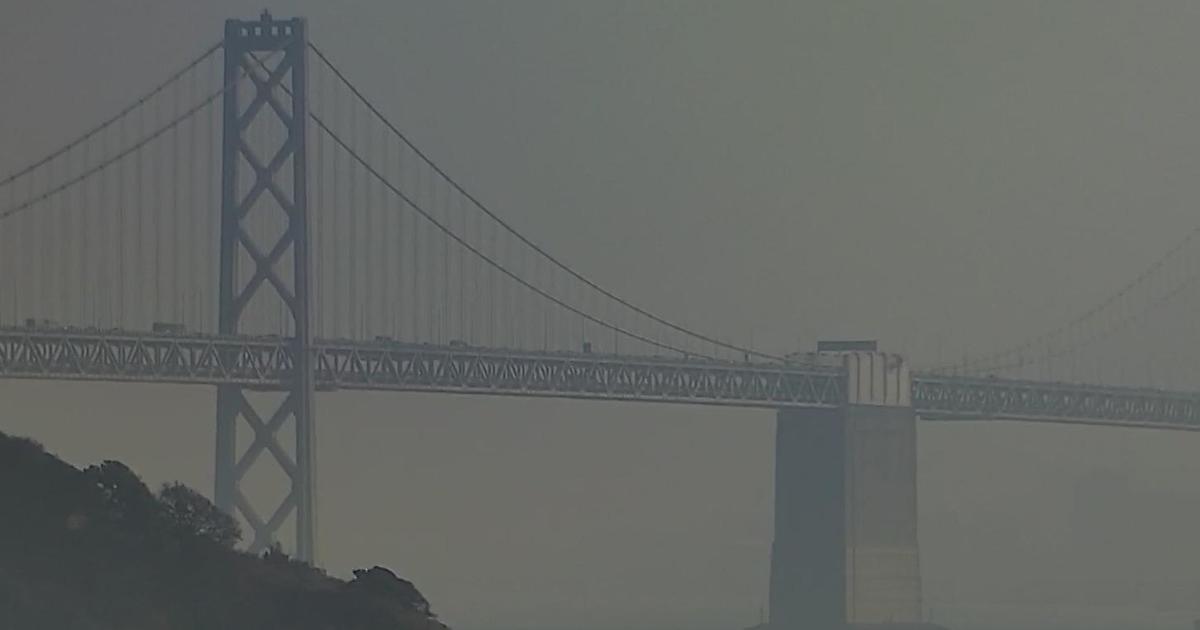Signups Rise For Covered California After State Requires Coverage, Enhances Subsidies
SACRAMENTO (CNN) -- California has reversed several years of slipping sign ups on its Affordable Care Act exchange.
The key was restoring the penalty for remaining uninsured and boosting financial help to pay for coverage -- two state provisions that are new this year, said officials at the Covered California exchange.
This led to a 1.6% increase in sign ups, to 1.54 million people, on the state-run exchange for 2020. The boost was driven by a 41% jump in new customers, which offset an 8% decline in renewals.
"It's absolutely clear the penalty provided motivation to shop. So it made a big difference," said Peter Lee, Covered California's executive director. "It's also clear that the federal and state subsidies helped people buy."
Bolstering the Affordable Care Act has been a priority of several blue states, as well as moderate presidential candidates, after the Trump administration and Republicans in Congress moved to weaken it. Defending the landmark health reform law has also allowed Democratic governors, particularly California's Gavin Newsom, to draw contrasts between themselves and President Donald Trump. The two have tangled in recent years over abortion, immigration, auto emissions, homelessness and presidential tax returns.
Prior to 2019, Obamacare required nearly all Americans to have health insurance or pay a penalty, under its individual mandate provision. But the Republican-led Congress essentially eliminated the fine by reducing it to $0 as part of the 2017 tax cut law.
Several states, including California and New Jersey, re-instituted the mandate for their residents. In the Golden State, the penalty can run more than $2,000 for a family of four.
At the same time, California launched a state subsidy program that expands on Obamacare's federal premium assistance and provides help to more middle-income folks making up to 600% of the federal poverty level. Individuals earning up to $75,000 and families of four with incomes of $154,500 are eligible for the state subsidies.
Only those with incomes up to 400% of the federal poverty level qualify for federal Affordable Care Act subsidies.
About 32,000 middle-income Californians who were not eligible for federal assistance qualified for state subsidies, which averaged $504 a month. A total of about 625,000 customers qualified for the state aid.
The two provisions helped keep premium increases to a low 0.8%, on average, for 2020.
Officials at Covered California, which spent $121 million on marketing and outreach, attributed the decline in renewals to the fact that fewer new customers picked policies in 2019, after the federal penalty was effectively eliminated. So, fewer were able to renew for this year. Sign ups dropped by nearly 61,500 people between 2016 and 2019.
Californians could select plans until January 31, though residents who were unaware of the state penalty or subsidies have through April 30 to sign up.
Open enrollment on the federal exchange, healthcare.gov, ended in mid-December.
Nationally, just fewer than 8.3 million people selected policies or were auto-enrolled into coverage on the 38 states in the federal exchange, according to the Centers for Medicare and Medicaid Services. That's down slightly from the 8.5 million people who signed up in 2019 for coverage.
The number of new sign ups held fairly steady after dropping a year ago. The number of people renewing coverage slipped a little.
Some 9.2 million people picked policies during open enrollment for 2017 coverage, which ran until January 30 of that year.
© Copyright 2020 CNN. All Rights Reserved. This material may not be published, broadcast, rewritten or redistributed.



